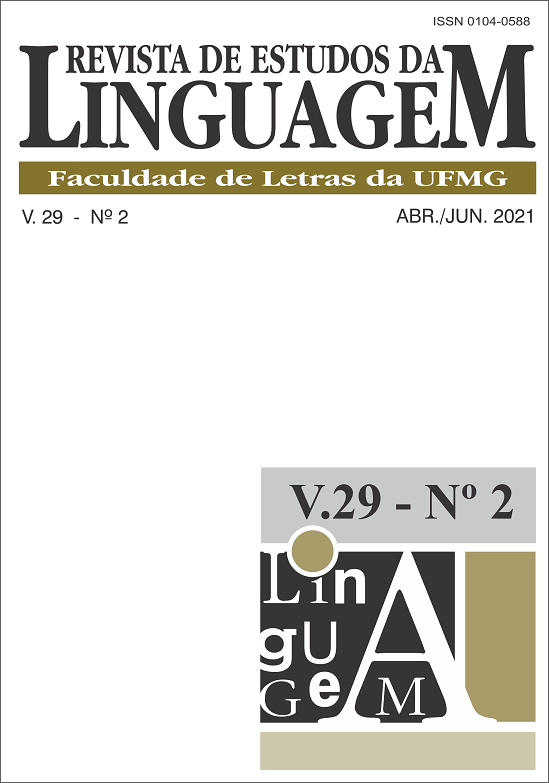Propriedades linguísticas da redação do Enem
uma análise computacional
DOI:
https://doi.org/10.17851/2237-2083.29.2.999-1032Palavras-chave:
gênero textual, ferramenta computacional, redação do Enem, propriedades linguísticasResumo
Este texto descreve algumas propriedades linguísticas recorrentes em textos nota 1000 do Enem. Parte-se do princípio de que o gênero redação do Enem tem características próprias, como a exposição aliada à argumentação, e que elementos como repertório e amplo uso de conectivos e modalizadores podem contribuir para a caracterização do texto. Nesta pesquisa, levando em conta o rigoroso processo de avaliação pelo qual passam, consideram-se as redações nota 1000 como exemplares prototípicos do gênero, ou seja, cumprem todos os requisitos exigidos pela banca. O corpus é constituído de 95 redações que alcançaram a nota máxima nos anos de 2014, 2018 e 2019, analisadas por meio do software Tropes, uma ferramenta computacional de análise lexical que verifica as recorrências de categorias e repertório. Os resultados mostraram que tais redações apresentam uma estrutura muito próxima àquela que se verifica na literatura sobre o tema, em especial o predomínio da estrutura impessoal (terceira pessoa), a amplitude do repertório (universo de referência), a variedade e alta frequência de conectivos e modalizadores, além da recorrência de verbos estativos, como ser. Com isso, conclui-se tanto que a ferramenta contribui para a descrição do gênero em questão quanto que os resultados fomentam um debate em torno da padronização da estrutura do texto do Enem.





